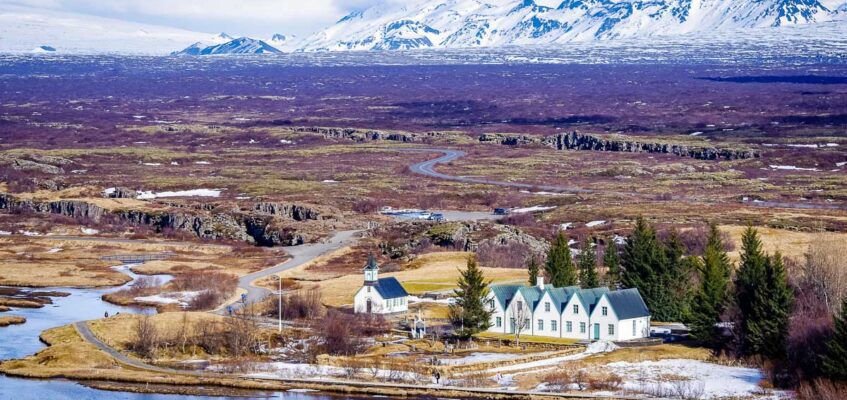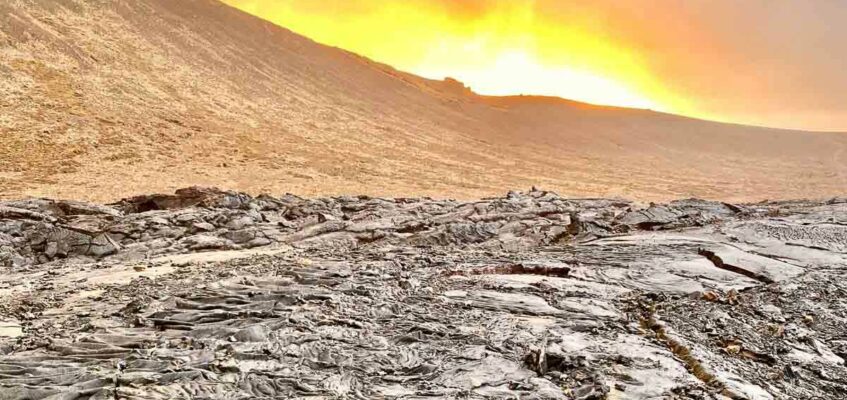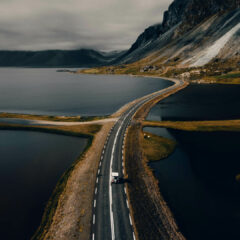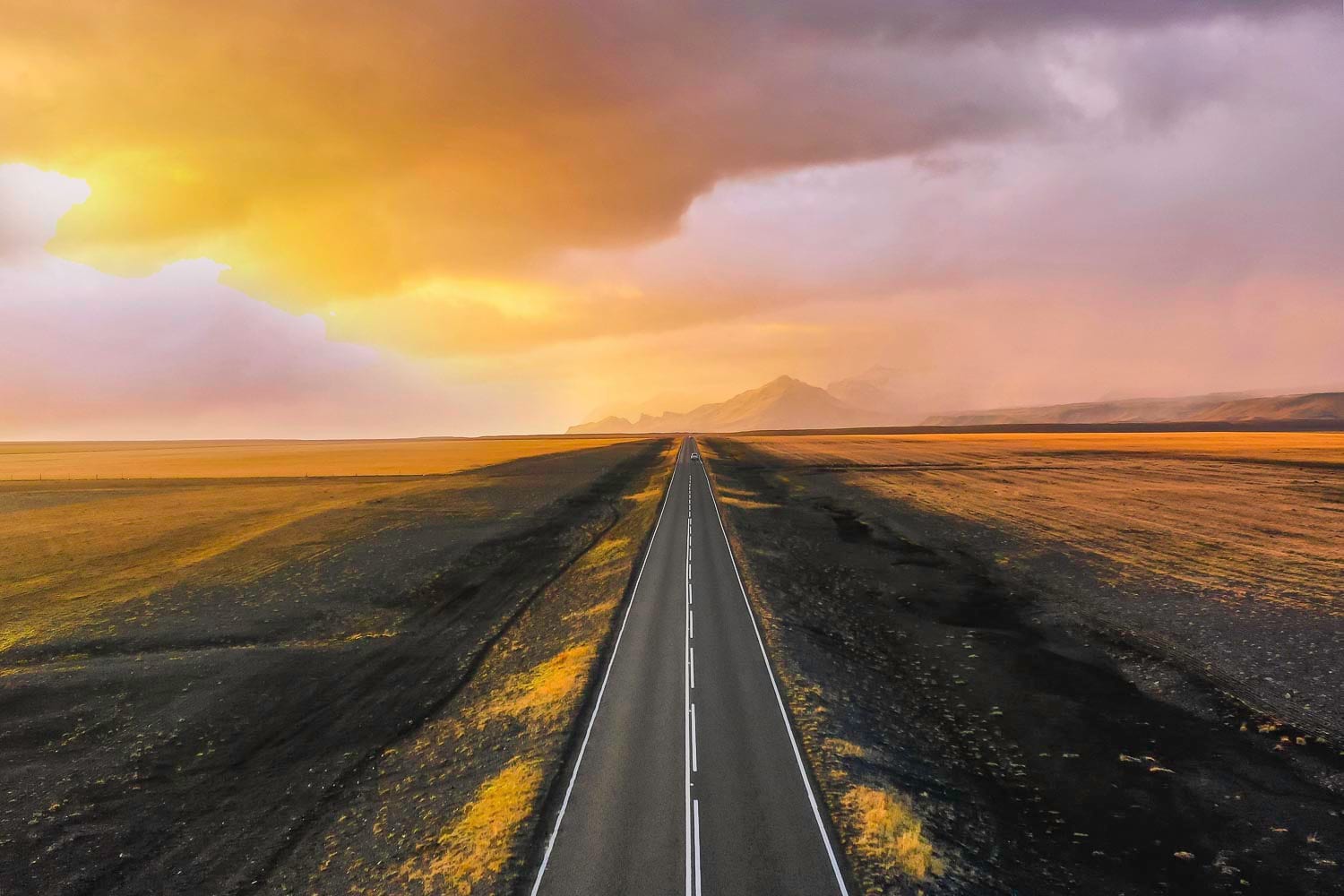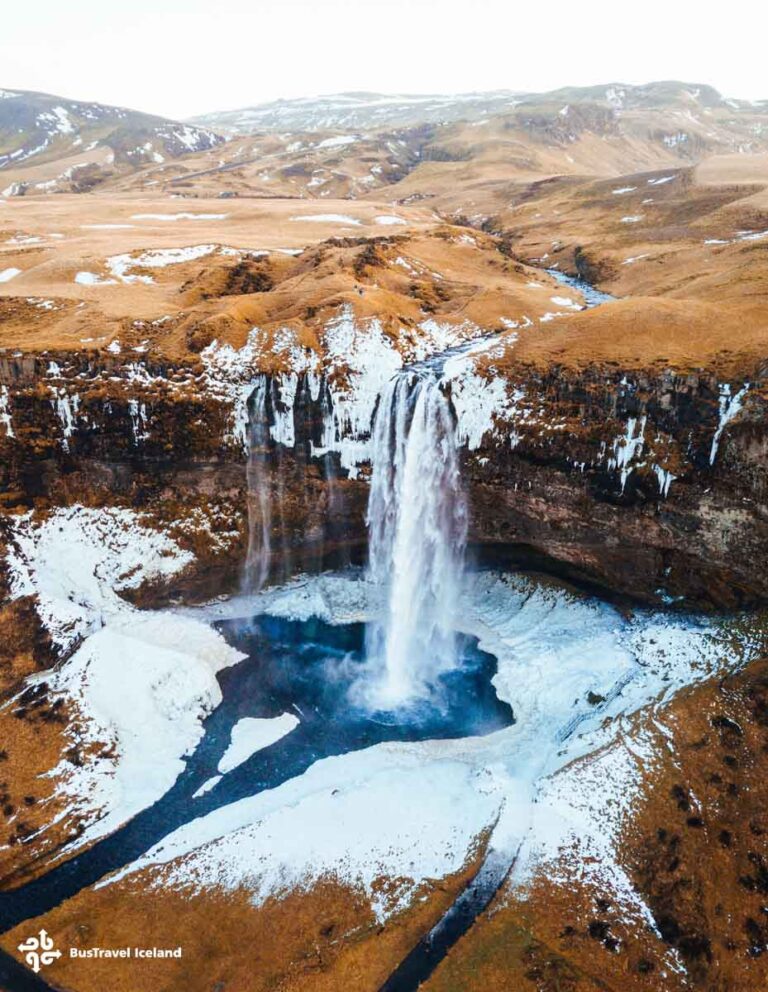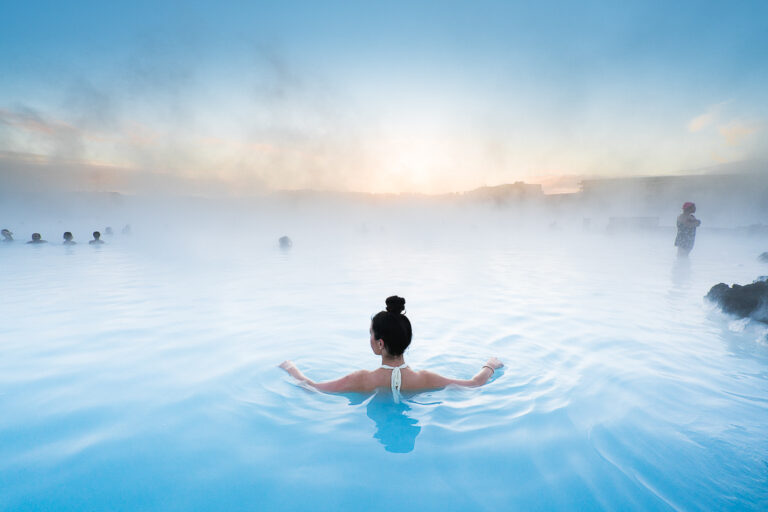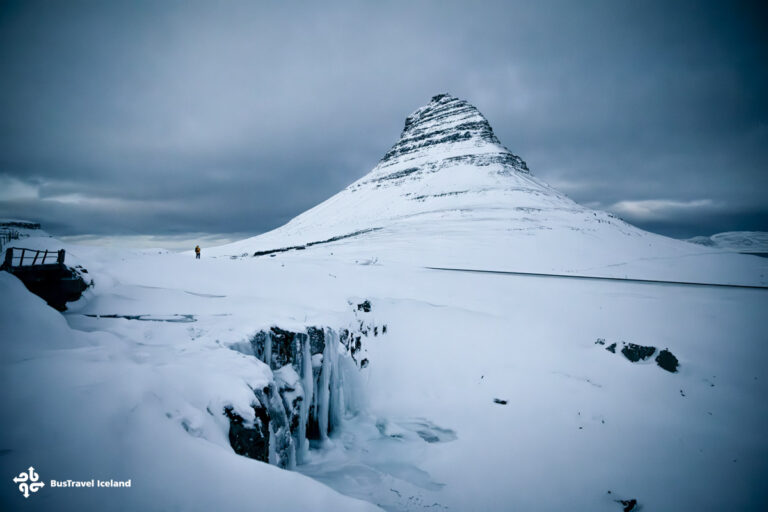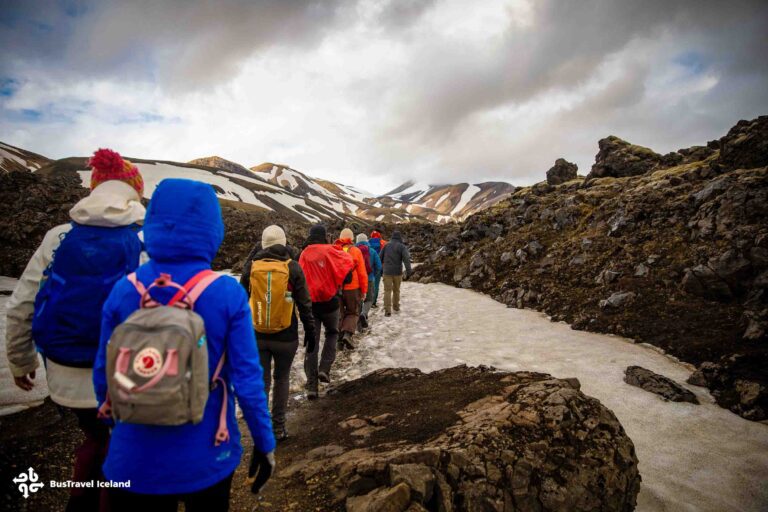Discover the Viking Village Beneath Mountain Vestrahorn in East Iceland
- East Iceland
- 21 Apr 2025
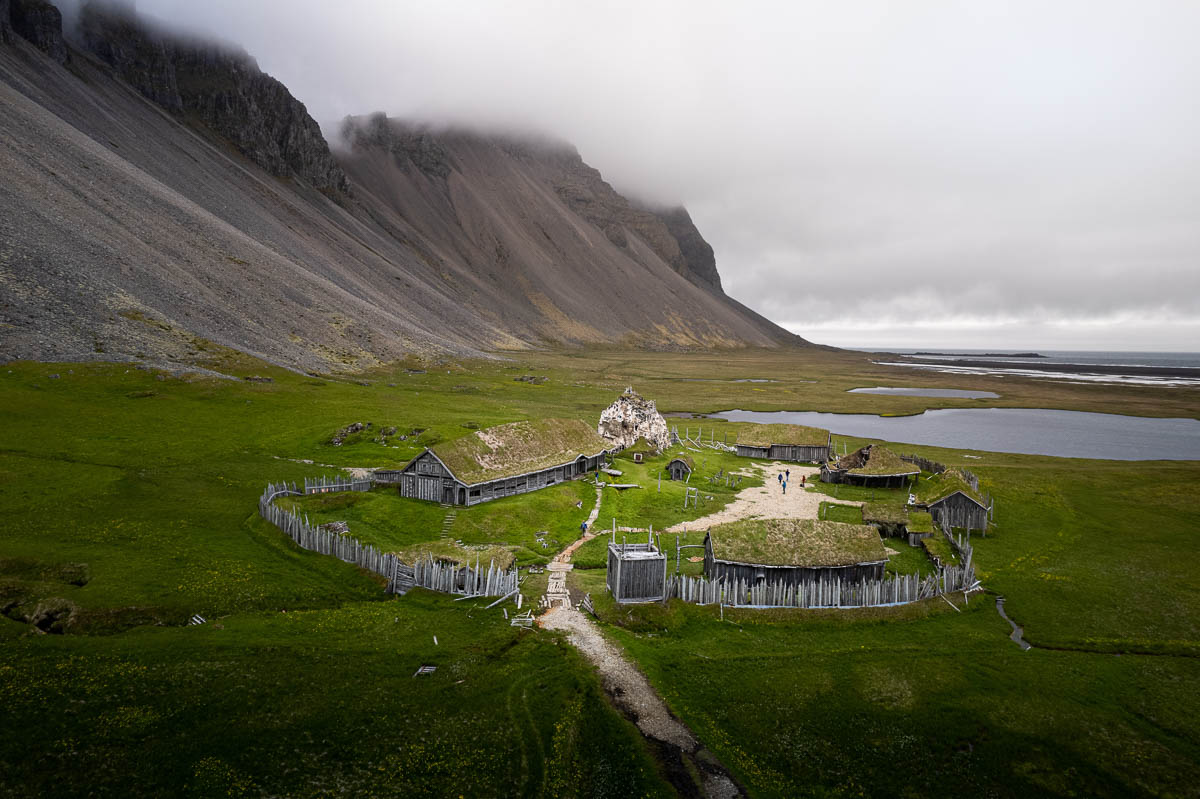
On the southeast coast of Iceland, there is a place where the wild beauty of nature meets the mystery of ancient times. Here, black sand stretches across the land like cooled lava, and jagged mountains rise sharply into the sky. This striking landscape belongs to Vestrahorn, a mountain known for its dramatic peaks and dark, rugged shape. At the base of this mountain, you’ll find a very special and surprising place—an old Viking Village that looks like it came straight out of a movie or a forgotten legend.
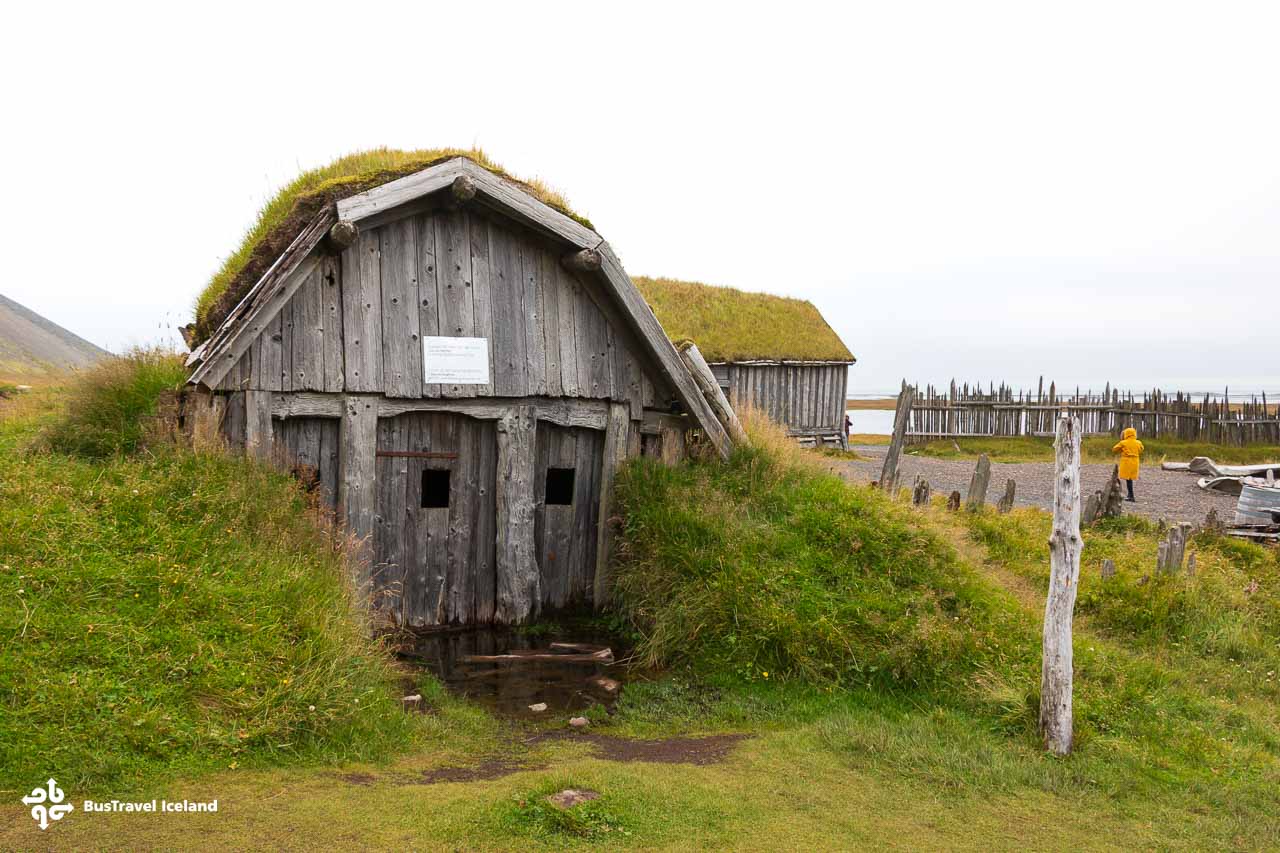
What is the Viking Village
The Viking Village is not a real historical site, but an abandoned film set.
It was originally built in 2010 for an Icelandic movie by director Baltasar Kormákur, who is known for films such as Everest, The Deep, and Adrift. The movie was planned to be a Viking-era drama, but due to financial difficulties, it was never completed. Even though the film was never made, the wooden set was left behind—and over time, it became one of Iceland’s most atmospheric and photogenic hidden spots.
The village now stands quietly under the open sky, slowly aging in the wind and weather, and inviting visitors to step into a scene that feels straight out of Norse mythology.
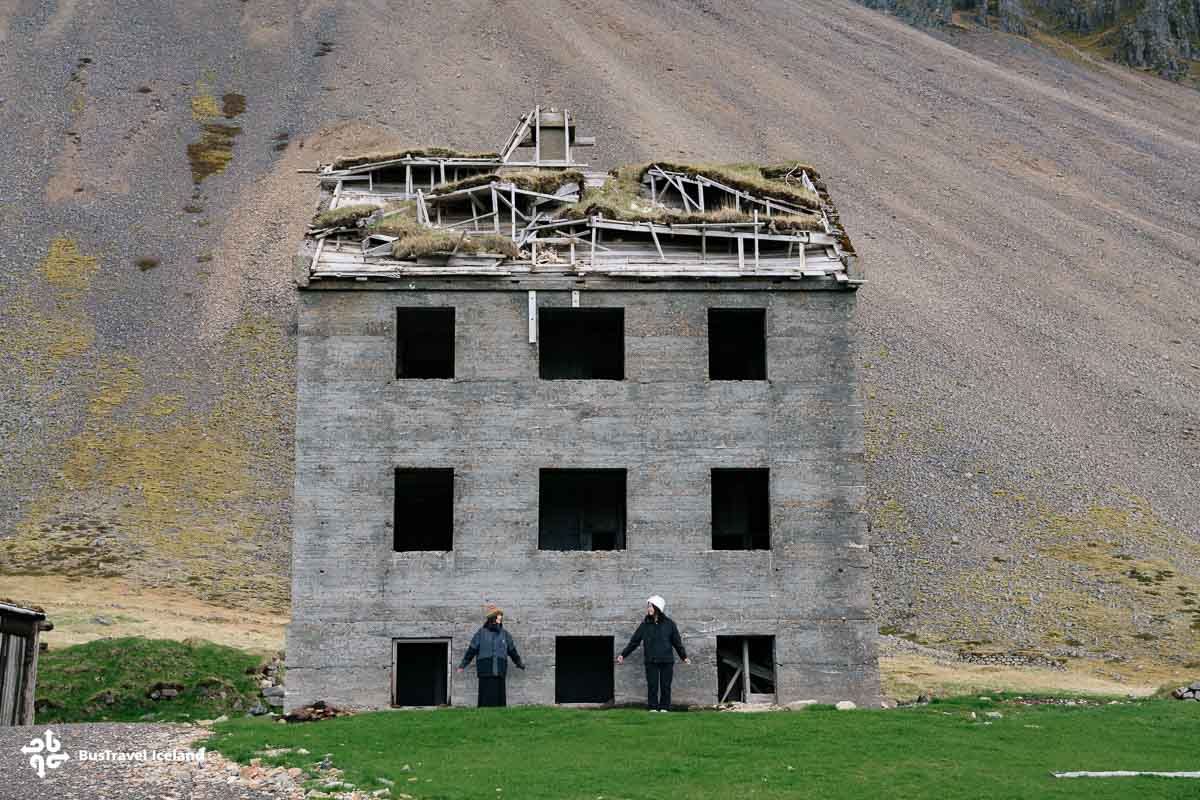
How Does the Viking Village Look Like
The weathered wooden houses, turf-covered roofs, rough fences, and carved wooden gates all add to the feeling of stepping back in time. Although it was never used for a movie, the location feels incredibly real, especially with the dramatic Icelandic landscape all around. There are no tour guides or signs—just empty paths, still courtyards, and the sound of the wind blowing across the land.
Behind the village rises Vestrahorn, a 454-meter-high mountain known for its sharp, spiky shape. On calm days, its reflection can be seen clearly in the wet black sands below, creating one of the most stunning mirror images in Iceland. When mist and low clouds move across the mountain, the entire area takes on a quiet, mystical feeling—like something from an old legend or fantasy film. Many visitors refer to Vestrahorn as “Batman Mountain” because of its dramatic outline, which has become iconic among photographers and travelers.
Walking through the Viking Village is like exploring a forgotten world. Visitors often spend time taking photos, especially in the early morning or late evening light, when the shadows and colors become rich and moody. The nearby beach adds even more to the experience, stretching out along the coast with dark volcanic sand and a peaceful view of the Atlantic Ocean. For those with a drone, the aerial shots here are breathtaking, capturing both the village and the mountain in one wide, cinematic frame.
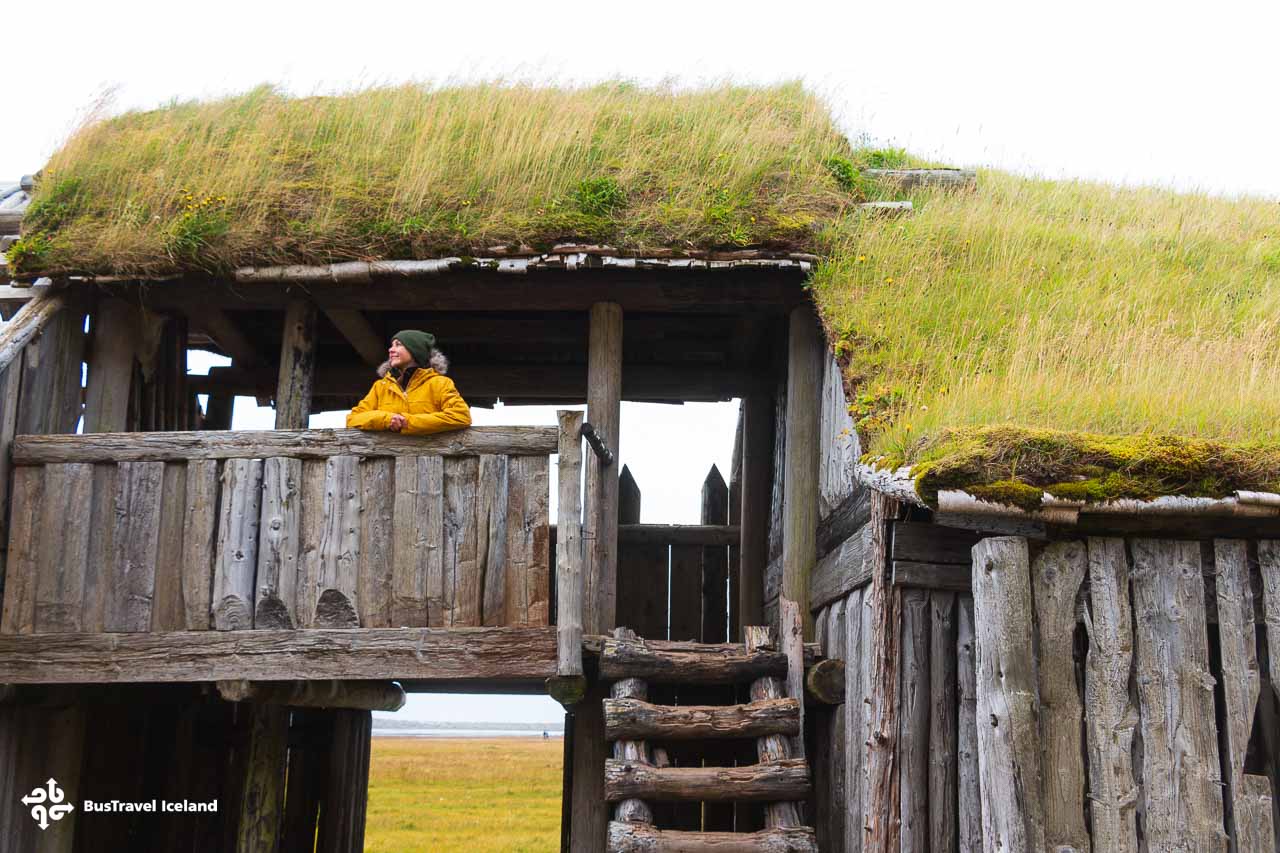
Good to Know
It’s worth knowing that the Viking Village is located on private land at Stokksnes, and there is a small entrance fee to access the area. You can pay this fee at the Viking Café, which is located at the entrance to the site. The area is open all year, but weather in East Iceland can change quickly, so it’s a good idea to check the conditions before visiting. The gravel road to the village is usually manageable for standard rental cars when the weather is clear. Basic services, including a café and restroom, are available near the entrance.
The Viking Village at Stokksnes does charge a separate fee for commercial filming or professional photography. Since the area is located on private land owned by the family that runs the Viking Café, they manage access to the site and set the rules for how it can be used.
While casual visitors only pay the general entrance fee (about 900 ISK), those who plan to use the site for commercial purposes—such as filming, professional photo shoots, content creation for brands, or drone filming for commercial use—need to contact the owners in advance and arrange special permission, which typically comes with a higher fee.
This is quite common in Iceland, especially at popular or privately owned spots, to help manage tourism impact and maintain the area.
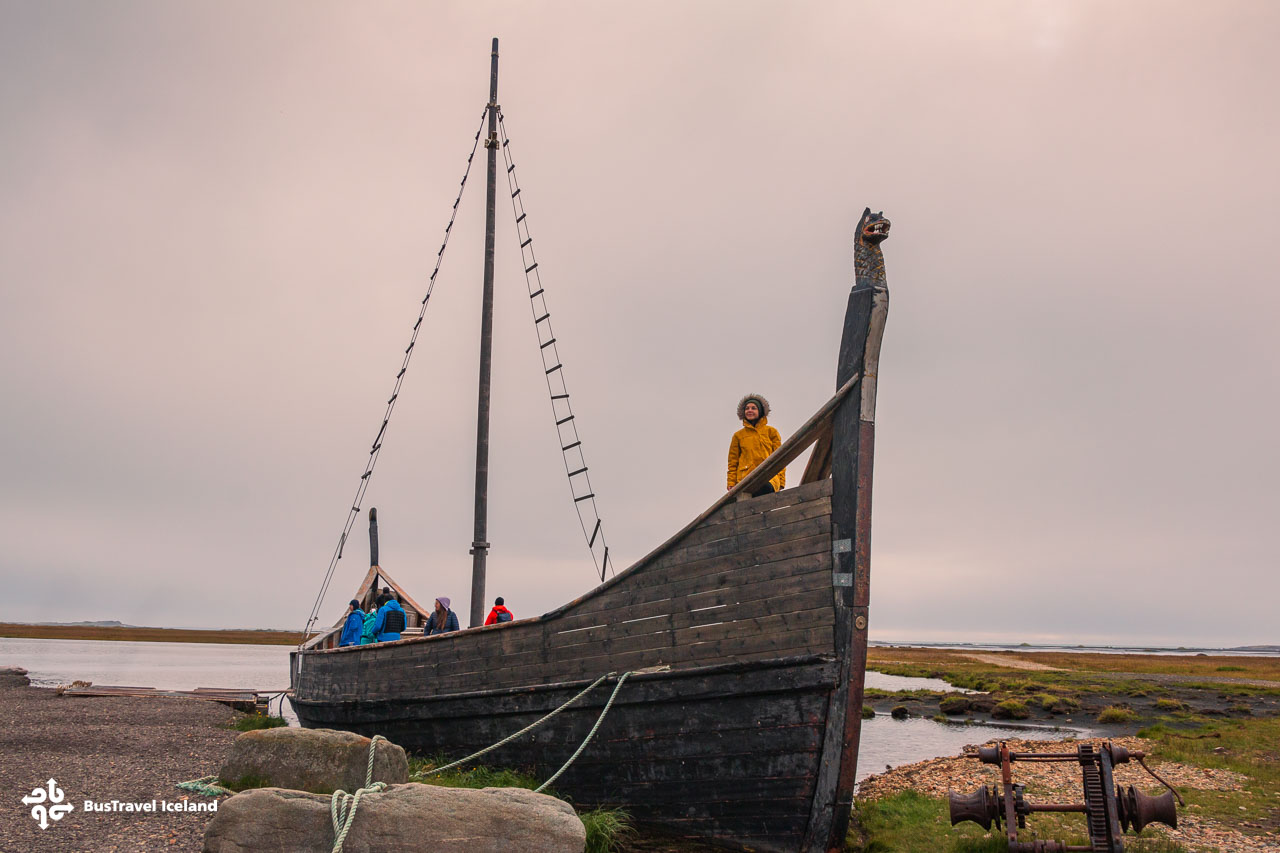
Why You Should Visit the Viking Village
Although the original movie was never made, the Viking Village still feels like a real film location—one that lives on in the imaginations of those who visit. The silence, the old wooden buildings, and the towering mountain above all combine to create a mood that’s hard to describe. It feels like something between The Northman, Game of Thrones, and an ancient Viking saga passed down through generations.
The Viking Village at Vestrahorn is not polished or commercial. It is simple, quiet, and deeply atmospheric. That’s exactly why so many travelers remember it as one of the highlights of their trip. If you’re driving along Iceland’s Ring Road through the southeast, don’t miss this hidden treasure. Walk among the wooden houses, feel the wind on your face, and imagine the world as it might have been—long ago, in the shadow of Iceland’s most dramatic peak.
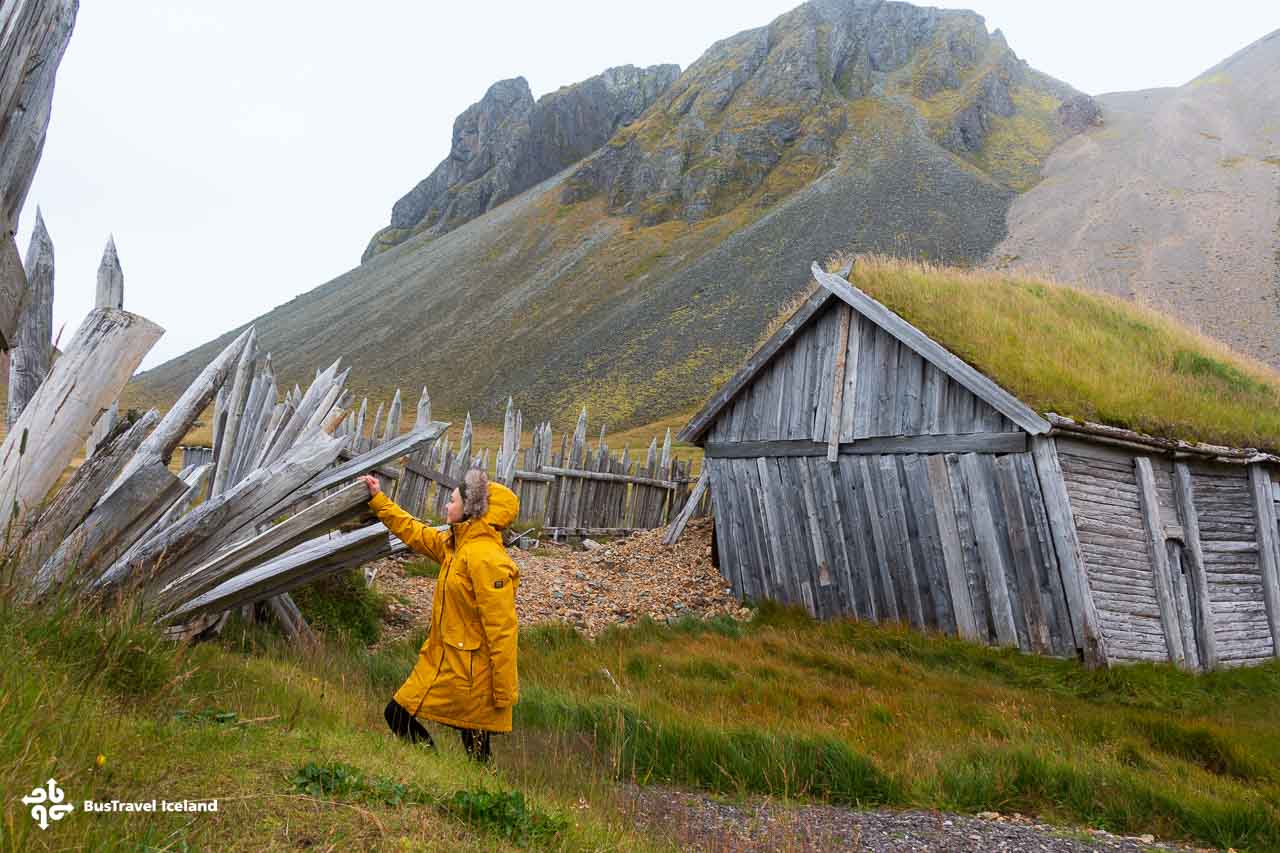
Nearby Attractions Worth Exploring
While the Viking Village and the dramatic backdrop of Vestrahorn are reason enough to visit Stokksnes, the surrounding region is full of incredible sights that make East and Southeast Iceland one of the most rewarding stretches of the Ring Road.
Just a 15–20 minute drive away is the cozy fishing town of Höfn, often called the lobster capital of Iceland. It’s the perfect place to refuel after exploring the Viking Village. Stroll along the scenic harbor, enjoy sweeping views of distant glaciers, or treat yourself to freshly caught langoustine at one of the town’s charming restaurants—Pakkhús is a local favorite. If you’re curious about Iceland’s glacial heritage, the Hornafjörður Glacier Exhibition offers a compact yet informative overview of nearby Vatnajökull.
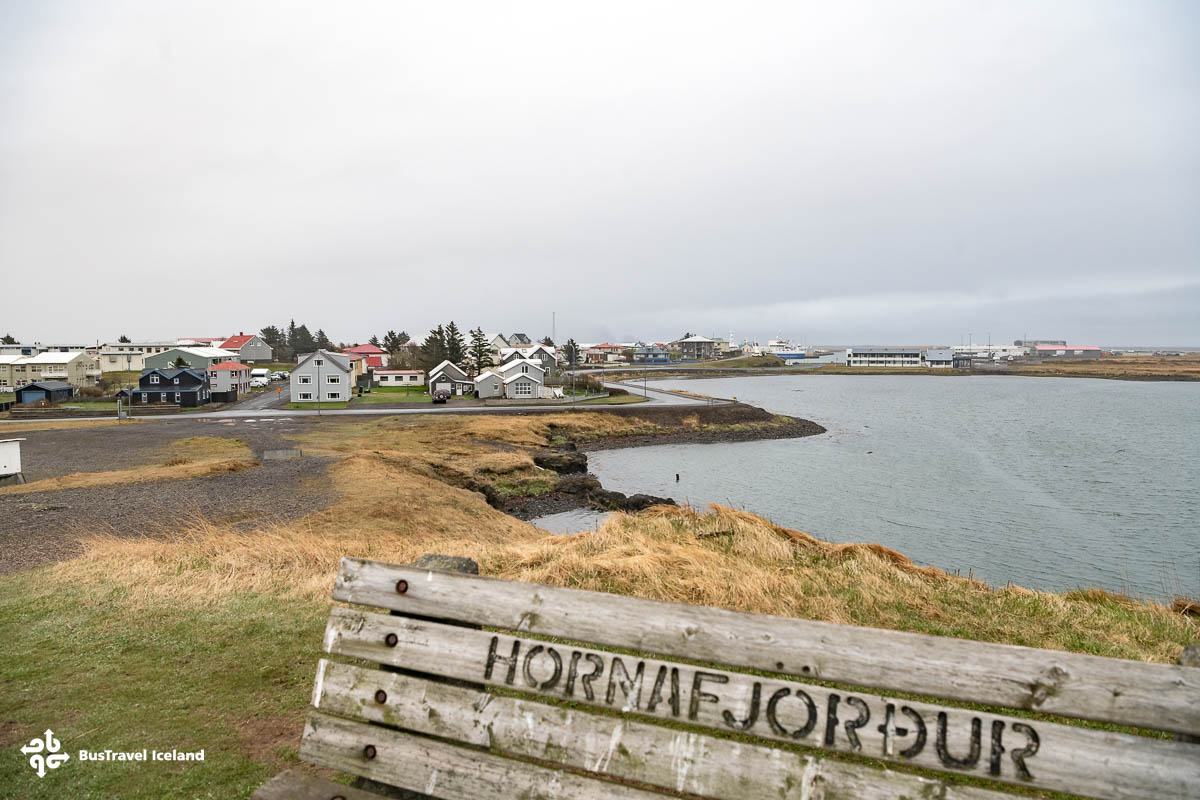
Continuing west along the Ring Road, you’ll enter the mesmerizing landscapes of Vatnajökull National Park, home to Europe’s largest glacier. While Jökulsárlón Glacier Lagoon often steals the spotlight—with its massive blue icebergs drifting serenely toward the ocean—don’t miss its lesser-known sibling, Fjallsárlón Glacier Lagoon. Quieter and more intimate, Fjallsárlón offers up-close views of the glacier tongue and ice-filled lagoon, often with fewer crowds. The stillness and raw beauty here are deeply moving, especially in the early morning light.
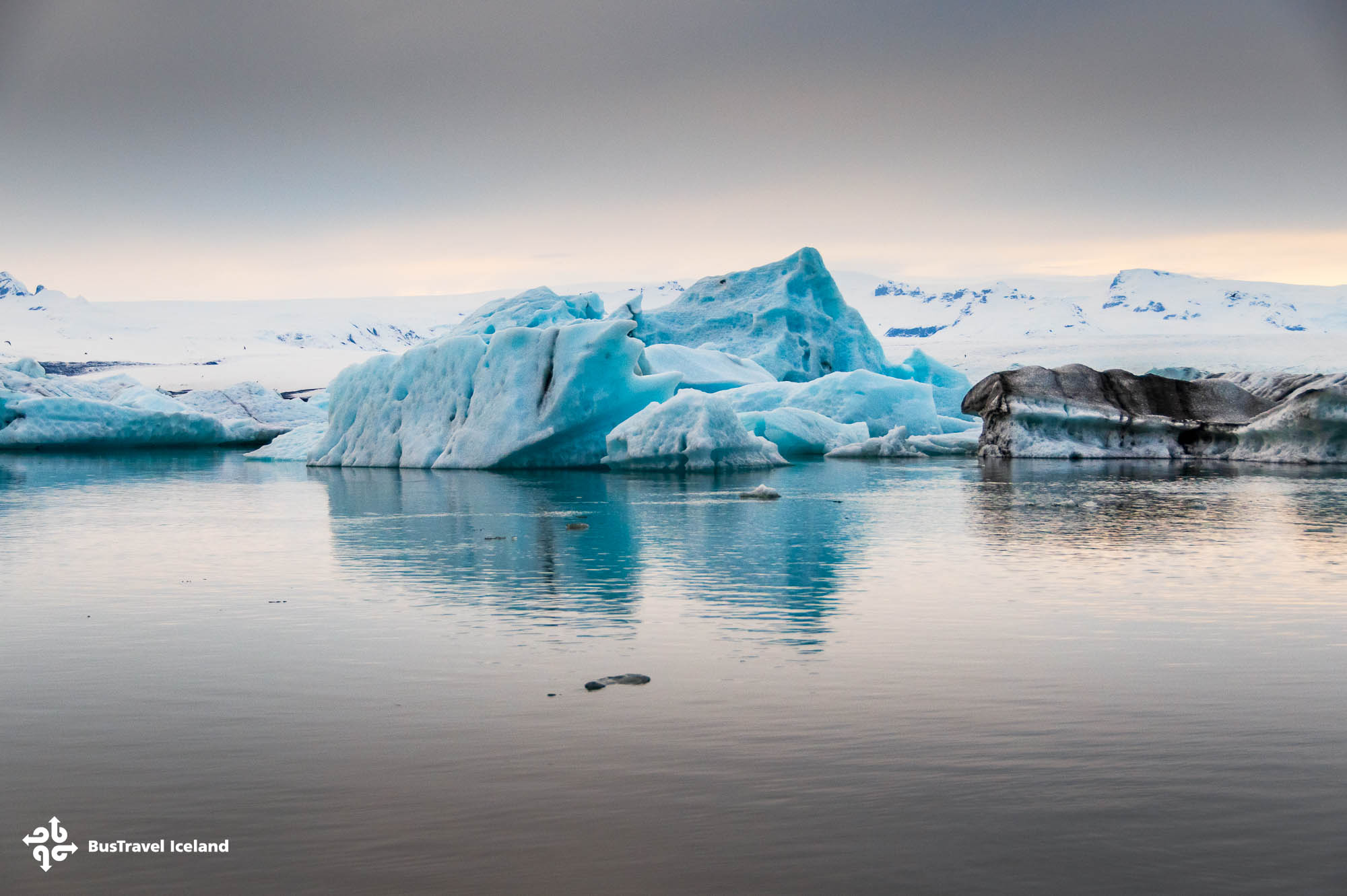
Across from Jökulsárlón, you’ll find the surreal Diamond Beach, where ice fragments from the lagoon wash ashore on jet-black sand, glittering like scattered gems. A short hike inland leads to Svartifoss, one of Iceland’s most distinctive waterfalls, framed by towering black basalt columns that look almost man-made.
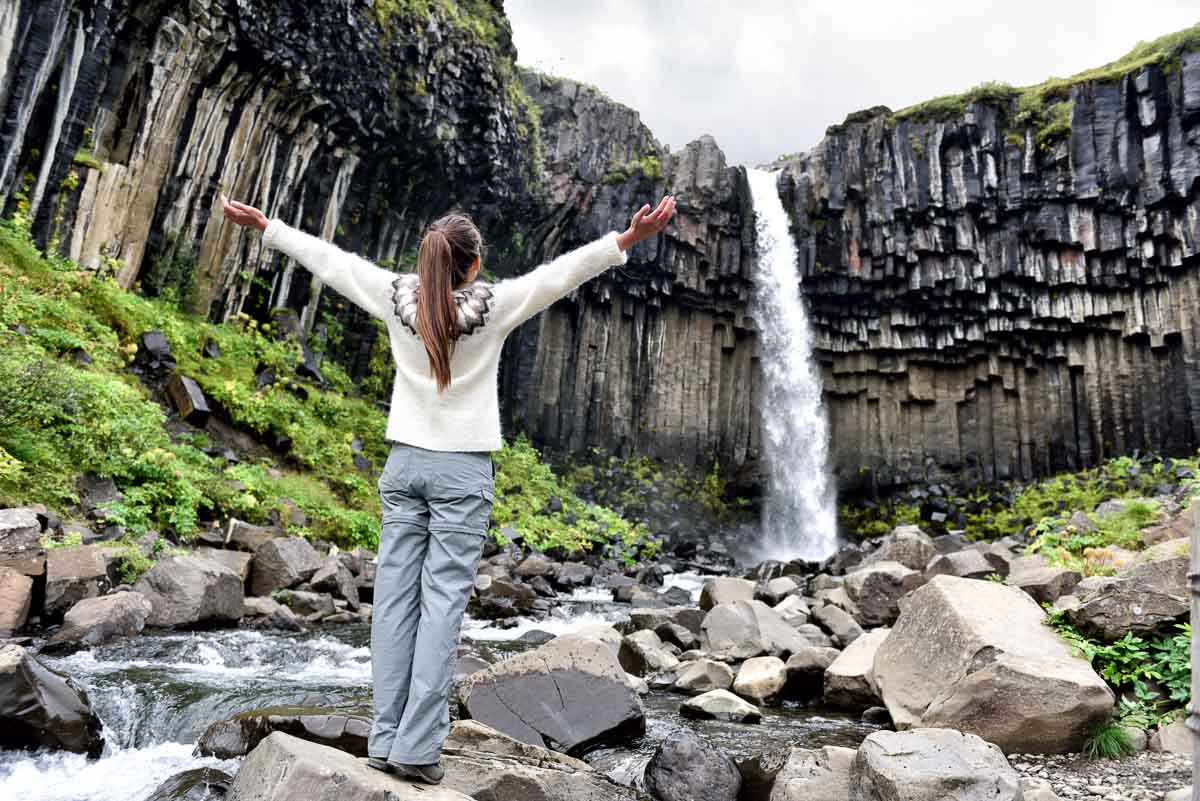
For a peaceful detour slightly off the main route, make your way to Stjórnarfoss, a charming, relatively hidden waterfall near the village of Kirkjubæjarklaustur. Nestled in a small gorge, this twin-tiered cascade is beautifully symmetrical and incredibly photogenic, especially with soft morning or evening light. It’s a great stop to stretch your legs and enjoy a picnic by the water’s edge.
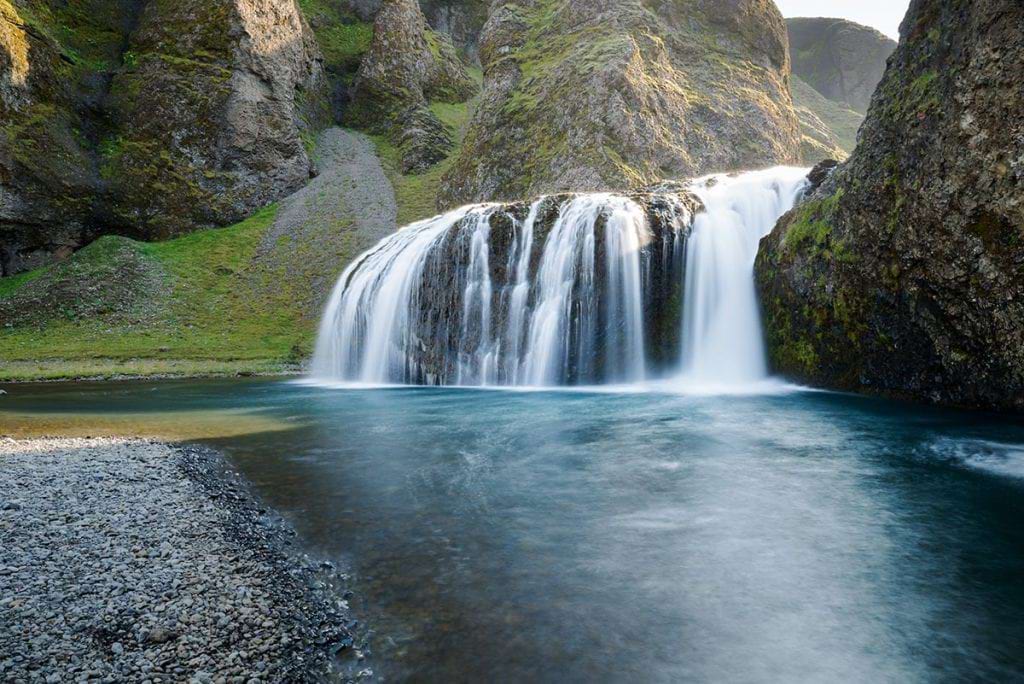
If you’re drawn to the quieter, more untouched parts of Iceland, the Lónsöræfi Nature Reserve lies about 45 minutes east of Vestrahorn. Known for its colorful rhyolite hills, glacial rivers, and remote hiking trails, it offers a true off-the-grid experience. Access requires a 4×4, but adventurous travelers will be rewarded with solitude and staggering natural beauty.
Further northeast, the artsy harbor town of Djúpivogur invites a slower pace. Its quirky charm includes installations like the Eggin í Gleðivík sculpture series, cozy cafés, and scenic coastal paths. From here, you can hop on a summer boat trip to Papey Island, where puffins nest and seals play along the rocky shores—ideal for bird lovers and those looking to explore beyond the mainland.
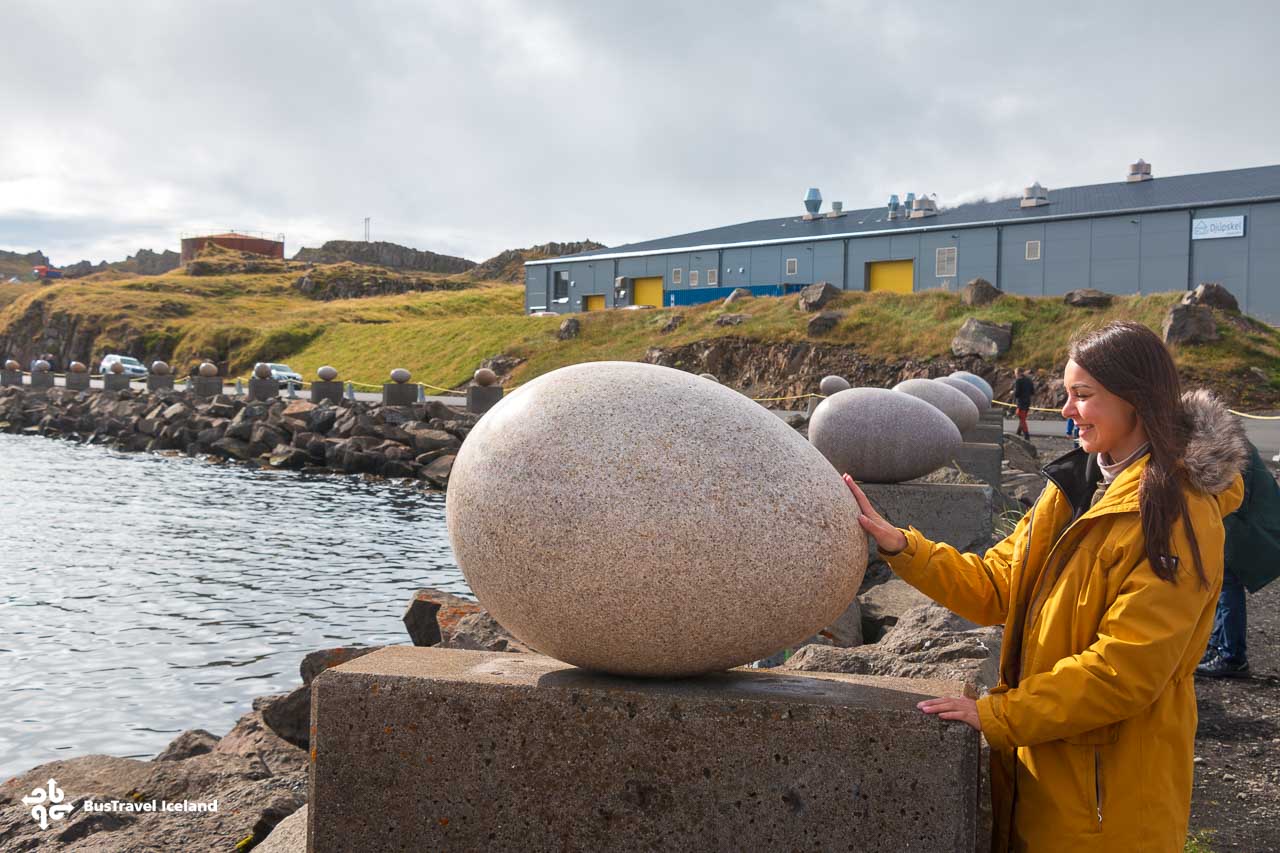
The southeast and eastern corners of Iceland are often overlooked in favor of the country’s more famous Golden Circle, but for those who venture here, a wild, cinematic world unfolds—one that rewards the curious and the slow traveler with unforgettable landscapes and quiet moments of awe.
